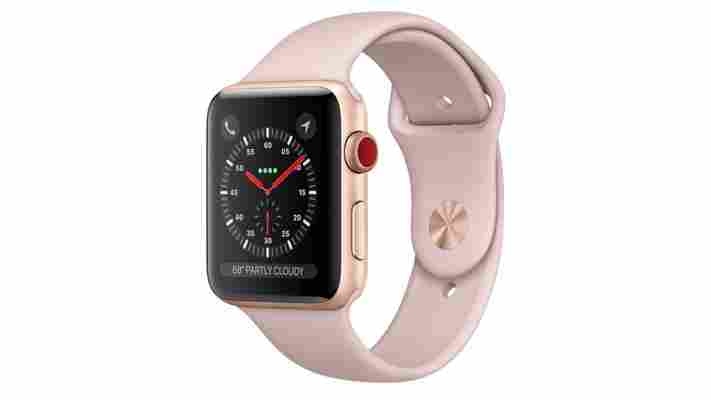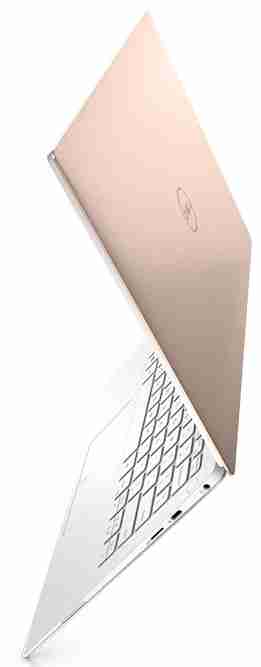Sprint’s Palm Pre Rides Off Into The Sunset
According to a leaked document obtained by the folks over at Pre Central , Sprint has gone ahead and discontinued the original Palm Pre, five hundred and twenty eight days after it first was launched on the carrier.

Apparently, Sprint has gone ahead and labeled the device, EOL, which translates to End of Life. The news shouldn’t be shocking. The Pre vanished from Sprint’s online store just a short time ago and HP and Palm are gearing up to release the Pre’s successor, the Palm Pre 2 and that meant the Pre’s days were numbered.
Warehouses are said to be in low supply of the device and it will likely sell out forever, very, very soon. So, if you badly want to get your hands on the original webOS on an original Pre, now is the time to do so. Or, you could just snag a Palm Pixi which Sprint will continue to sell.
For those on Sprint hoping to get your hands on a Pre 2, there is still no word yet on whether or not the carrier will offer it and with all signs pointing to a launch on Verizon, the outlook looks bleak.
But hey, things could be worse .
Schools ban cell phones and one man sells “mobile rental space for gadgets”

Each morning, over 700 Bronx high school students stand in line to drop off their cell phones with a man named Vernon Alcoser. The “mobile rental space” costs $1 a day.
Alcoser, ever the mercurial entrepreneur, heard that two schools in the Bronx DeWitt Clinton High School and Herbert H. Lehman High School were planning to ban cell phones. Seeing a fiscal opportunity, he decided to open up the city’s first mobile rental truck, calling his company Pure Loyalty Electronic Device Storage.
As told to the New York Daily News , Tatyana James, a freshman at Herbert H. Lehman High School says, “It’s better than trying to sneak your phone in.” For several years students would hide their mobile devices during class, but this September, the schools installed metal detectors.
“It makes the students and parents feel better to know their phones are safe,” said Alcoser, 38, a correction officer from the Bronx. To prevent theft, Alcoser photographs the students in the morning and gives them a ticket stub to retrieve the phone after school.
Alcoser first got the idea after Lehman parent Jeanette Millan complained about the ban. “I need to know where my child is at all times,” she said. “He takes two trains and a bus to get home. It’s dangerous out there.”
It may be dangerous out there, but I love New York. Our people are so resourceful, always knowing how to make the world a better place and make a buck.
Device makers, stop it with the rose gold
I’ve lost count of the number of devices that came with a rose gold finish that I’ve written about and reviewed in the past year. From phones to laptops to smartwatches to speakers, the luxurious hue is everywhere – and now I’m done with it.

While rose gold was first seen on devices as far back as 2012 (ASUS featured it on its ZenBook back then), it seemed to gather steam over the past few years after Apple began using it for its Watch and iPhones in 2014.


It’s not that I detest the color on its own, but rather that it no longer seems to have any meaning or impact. It’s an option on a $2,500 top-of-the-line Dell XPS 13 , as well as a $92 Xiaomi phone . And while it’s lovely that people who enjoy the color can find a wider range of devices to suit them, it’s hardly what you’d exclusive. Perhaps that’s a good thing.
What’s not, though, is that most hardware manufacturers seem to have forgotten to have fun with their designs – and particularly, with colors. It’s awfully rare to see gadget brands offer options other than black, white, grey, silver, and rose gold. Where’s the story and the inspiration behind why your products look the way they do?
Thankfully, all isn’t lost yet. Some companies are still open to trying new things. Xiaomi’s new budget-friendly Redmi Note 5 line comes in a couple of great new colors:
Huawei is said to have some beautiful new finishes planned for the three handsets in its upcoming P20 series that I can certainly get behind, shared by Roland Quandt from WinFuture :
Credit: Roland Quandt / WinFuture
I also really liked HTC’s subtle glass-based finishes for its 2017 U11+ – the most notable of which featured a translucent black look that gave you a glimpse into its wireless charging circuitry.
It’s about time more hardware brands stopped blindly following trends and started writing their own design stories. From the examples above, it’s clear that it can be done, and to great effect. Without originality, we’re doomed to a sad future of me-too devices that are indistinguishable from each other – even when the ideas everyone is copying are terrible .
The Next Web’s 2018 conference is just a few months away, and it’ll be

Leave a Comment